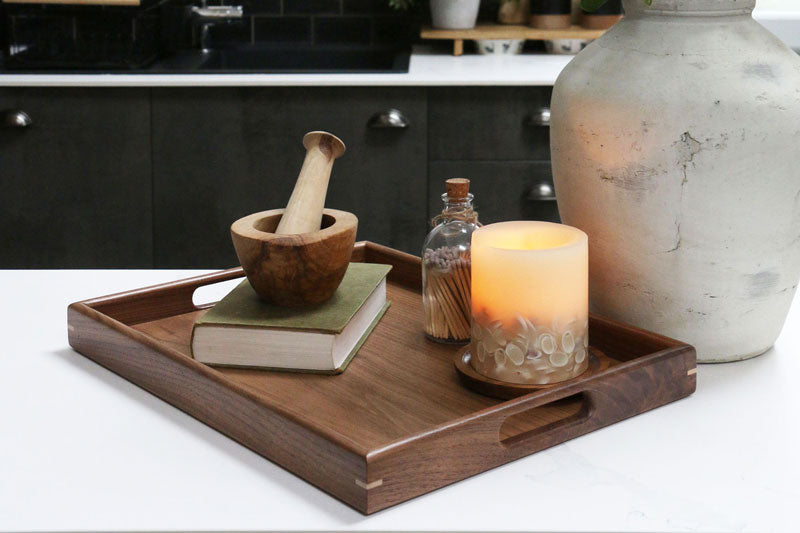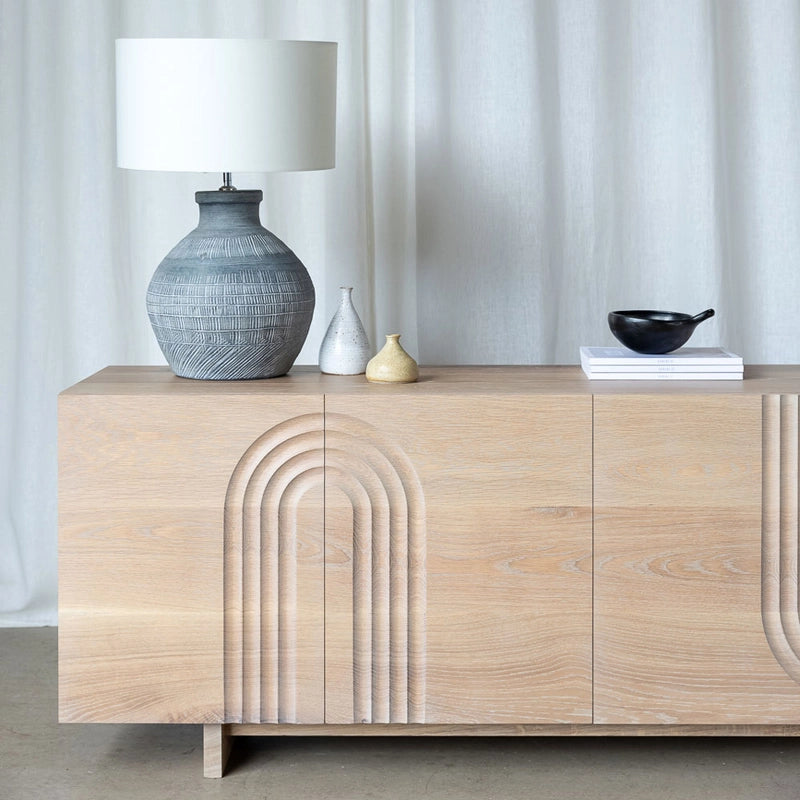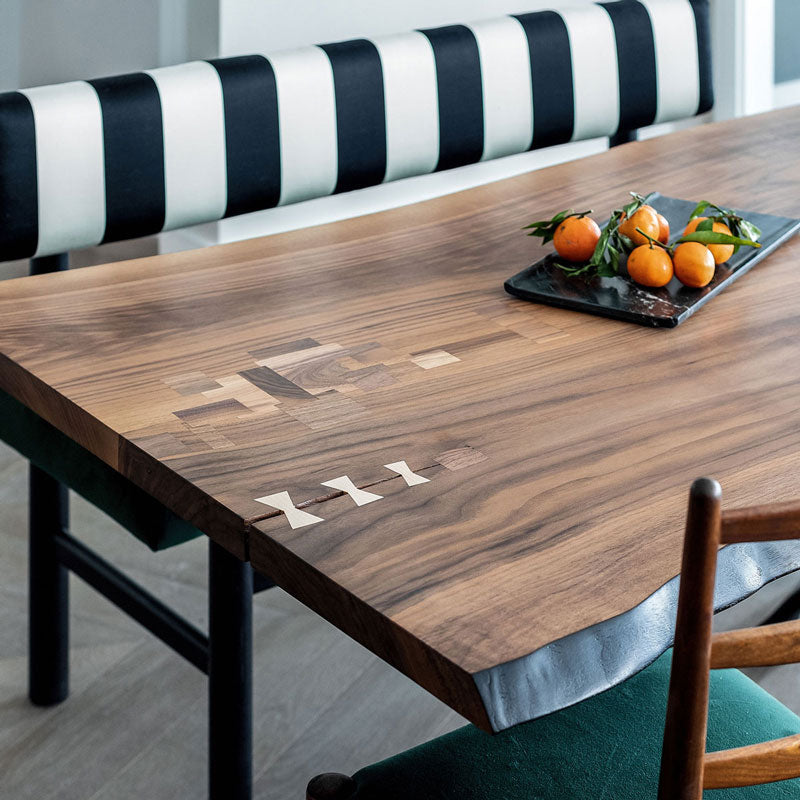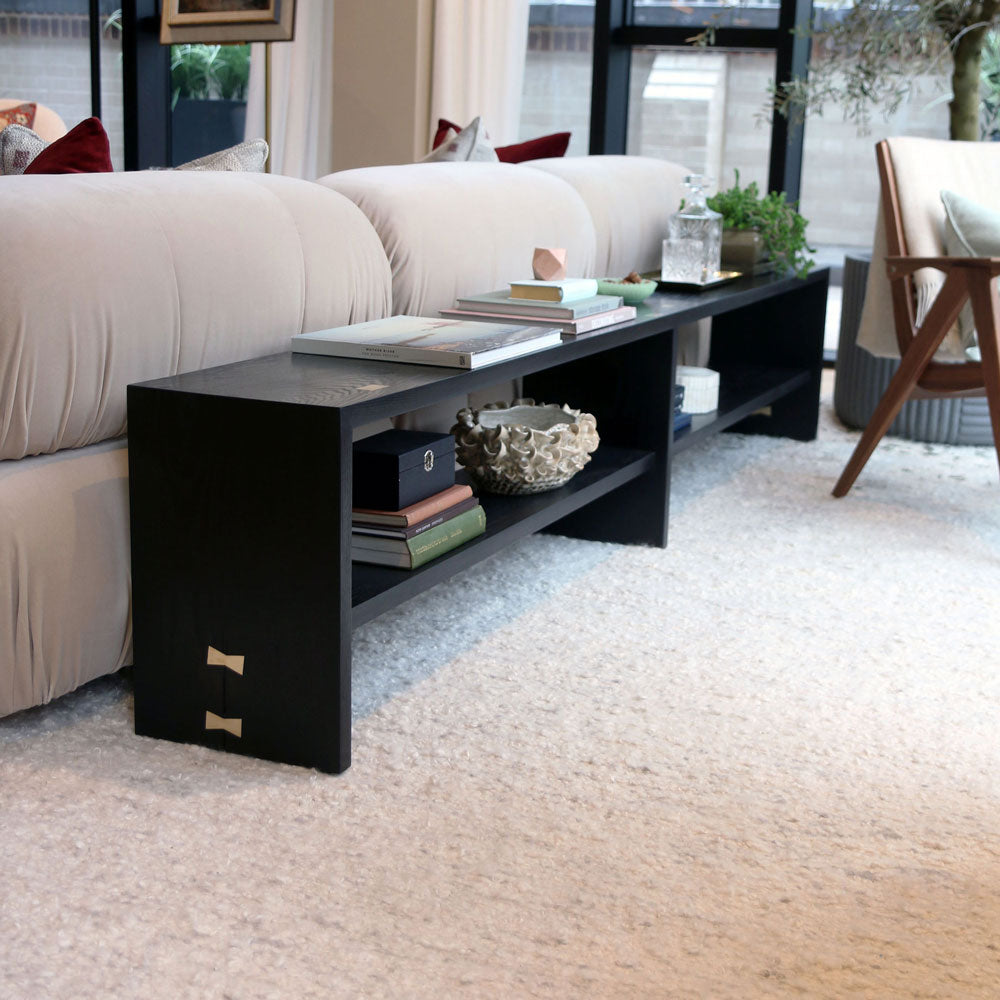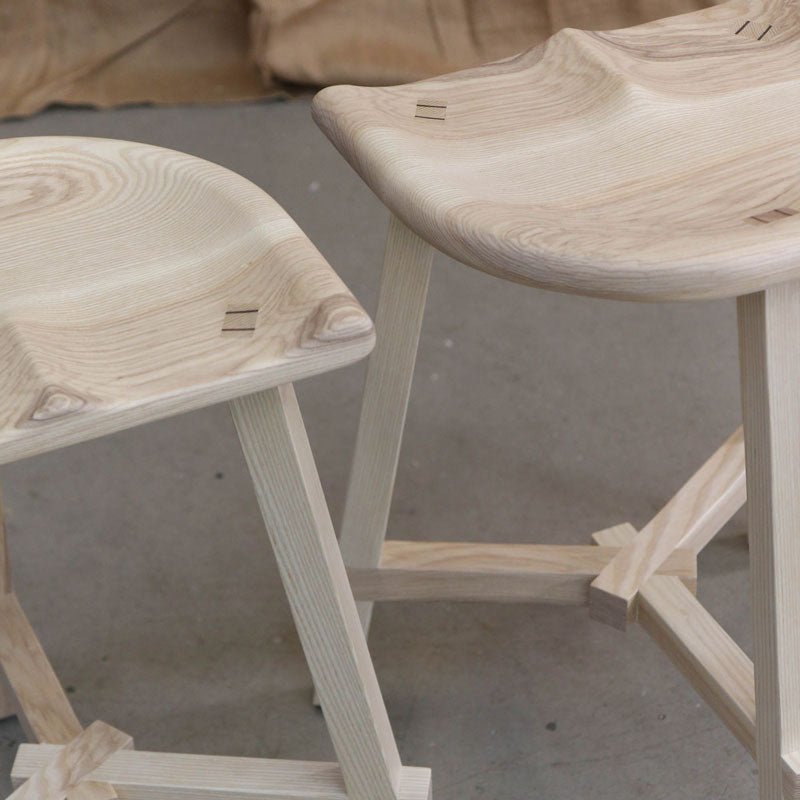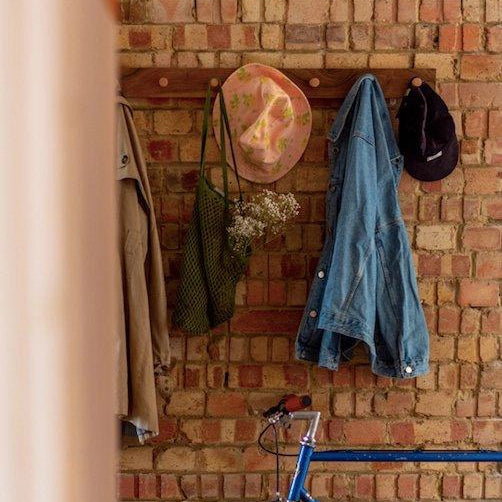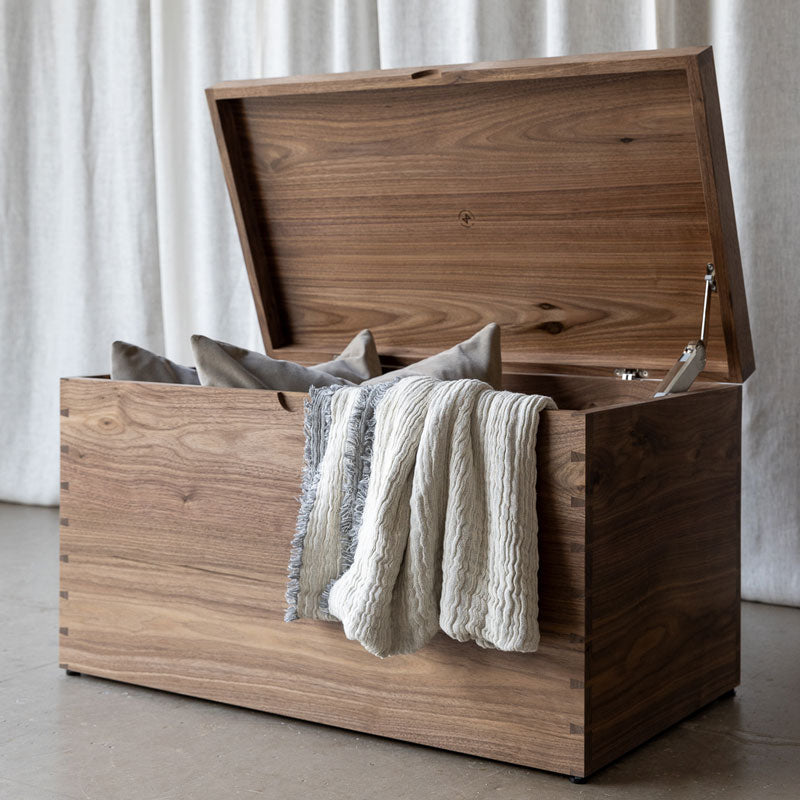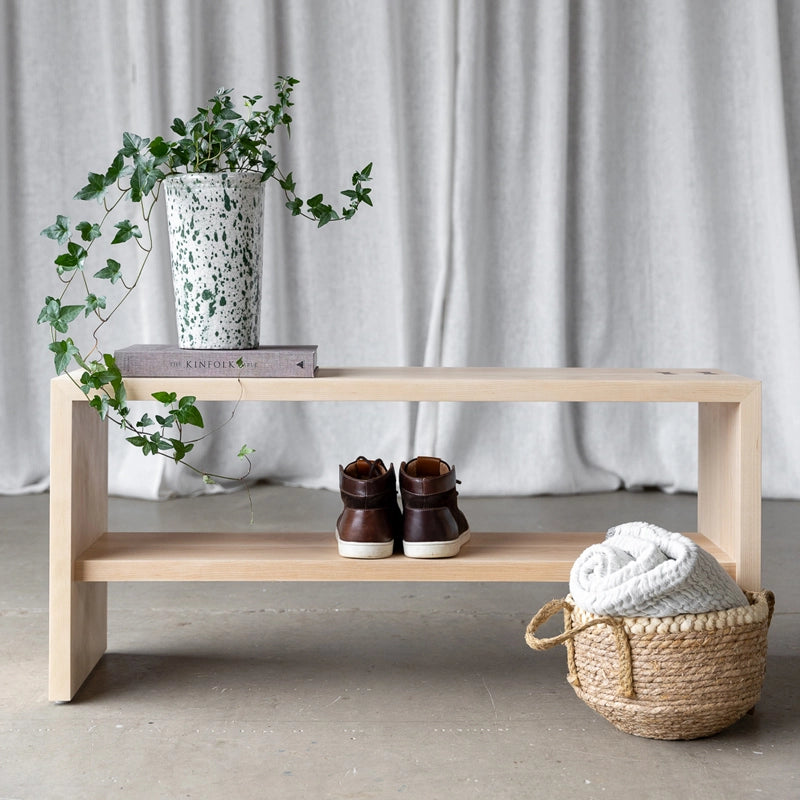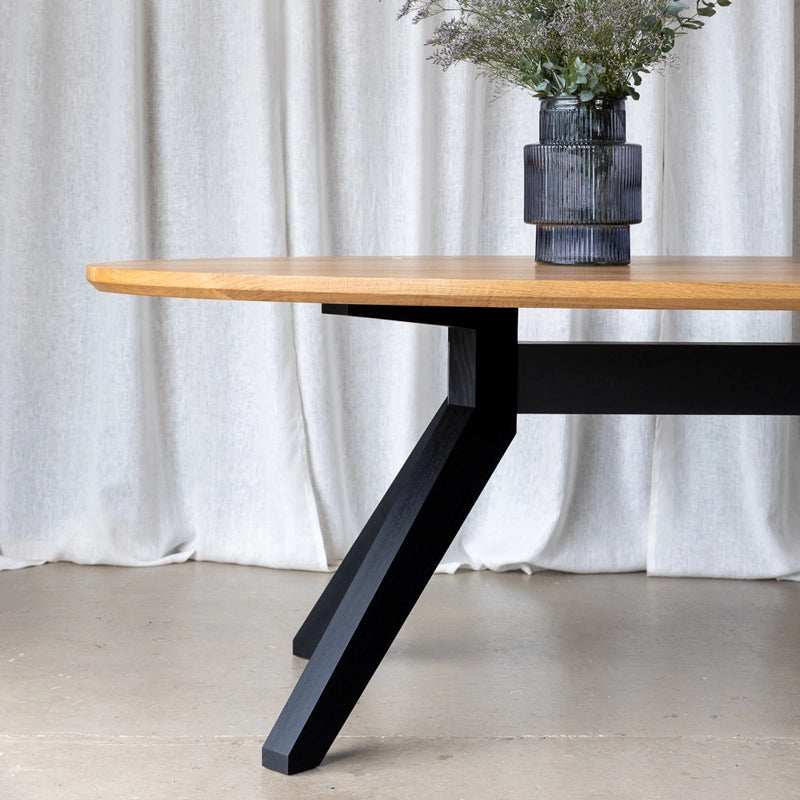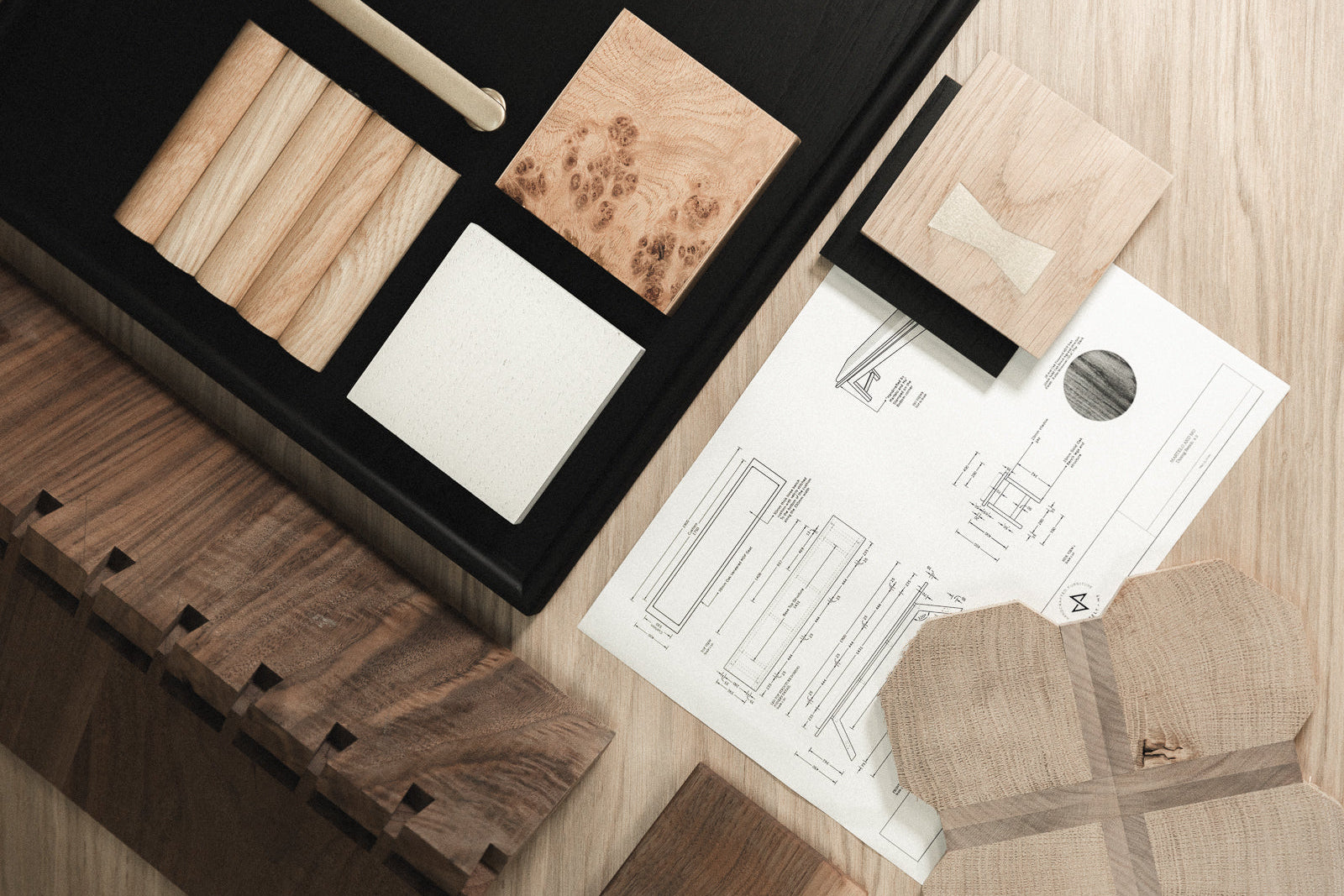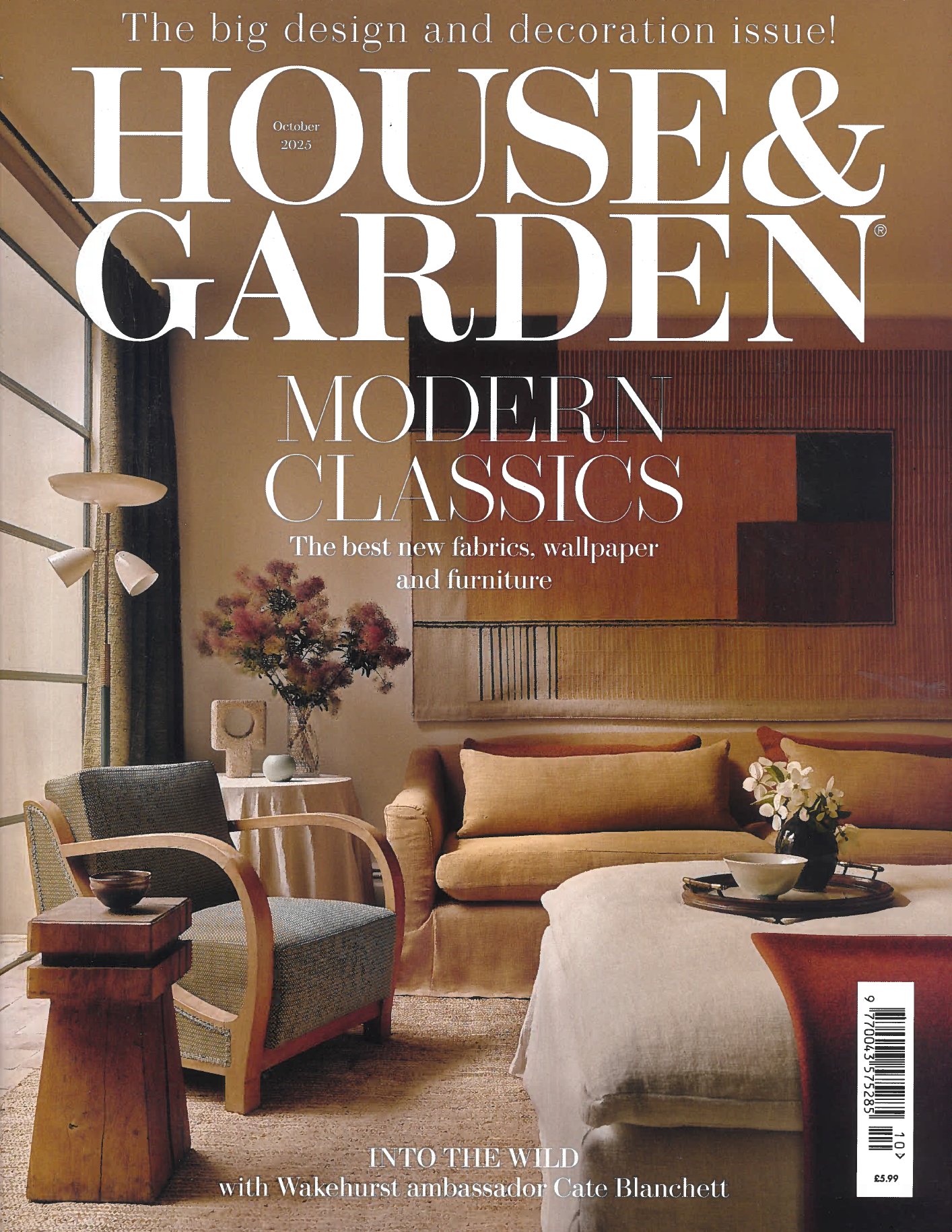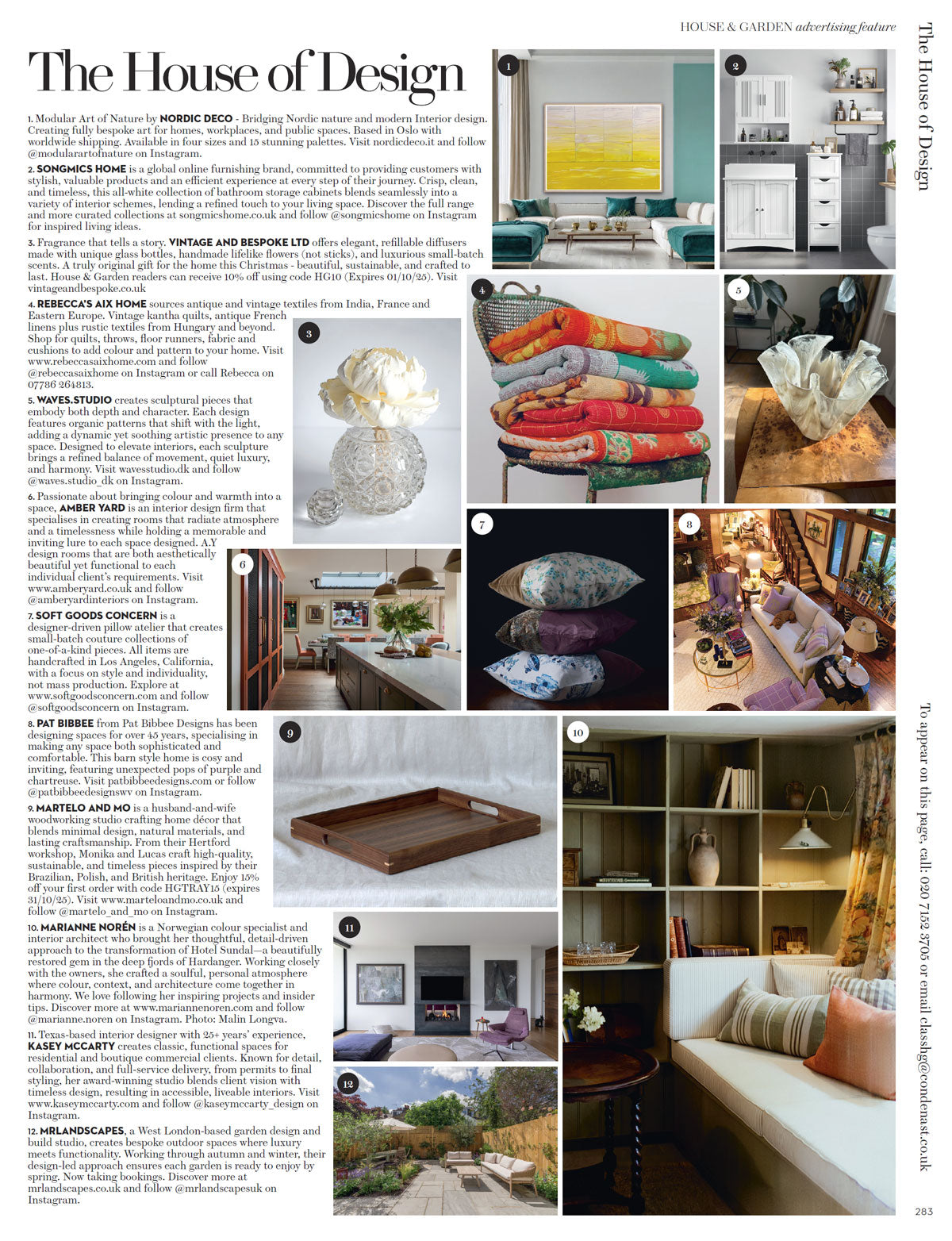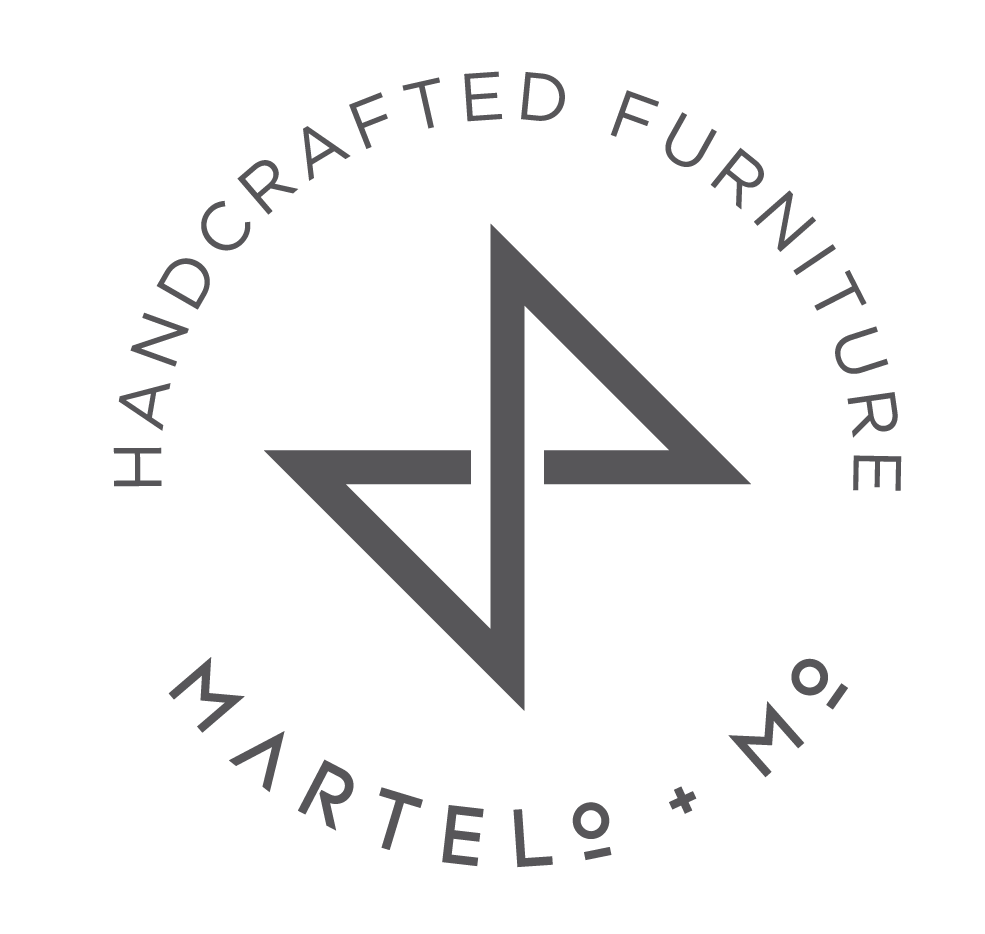Why is hardwood furniture so expensive?
Hardwood furniture has always been popular among homeowners and interior designers for its durability, beauty, and timeless appeal.
However, the high price tag of hardwood furniture often raises eyebrows and questions from those looking to furnish their home on a budget.
In this blog, we will discuss why solid wood furniture is pricey and if it's worth the investment.

Image and Interior Design Credit - Helen Stroud, Bergman and Mar, Bespoke Pippy Oak desk made by Martelo and Mo
Quality of Materials & Durability
Hardwood is a prevalent material used for flooring, furniture, and construction projects due to its durability, strength, and attractiveness. Wooden furniture has a natural beauty and warmth that is unmatched. The unique patterns and colours of the wood can create a timeless and elegant look that can complement various home decor styles.
One of the main reasons for the high cost of hardwood furniture is the raw material itself. Hardwood trees, such as oak, maple, and walnut, grow slowly and require many years to reach maturity, limiting the supply of high-quality timber. Hardwoods can take up to 50 years or more to mature fully, while some species take over 100 years to grow. As a result, the cost of harvesting, processing, and transporting lumber is relatively high.

Image Credit - Sample mood board and design scheme by Design Stories
Solid wood is also denser and more robust than softwoods such as pine or spruce, making them more durable and long-lasting, which means they can last many years without losing structural integrity. This durability makes hardwood furniture a wise investment for those who want their furniture to stand the test of time and can be passed down from generation to generation.
Labour Intensity & Skilled Craftsmanship
Harvesting, processing and finishing hardwood requires skilled labour and specialised machinery, such as saws, sanders, and other tools, which increases the cost of production. It takes longer to make furniture from hardwood than from different materials. The wood must be dried appropriately to prevent warping and cracking, which can take several months.

Image Credit - Martelo and Mo
Creating high-quality furniture is also time-consuming and labour-intensive, requiring great attention to detail. Skilled artisans are needed to select suitable wood, prepare, shape, and finish it to produce a beautiful and functional piece of furniture. They spend hours creating intricate details and ensuring that every joint is perfect. They use traditional techniques such as hand-cut dovetails and mortise-and-tenon joinery that require high skill and experience. However, these skills are not easy to acquire, and the time and effort needed to master them are reflected in the cost of the furniture.
Additionally, custom-made furniture often takes longer to build than mass-produced pieces because each item is personal and requires a lot more attention. As a result, many buyers of hardwood furniture are looking for something unique and personalised that will fit their specific design aesthetic.


Traditional joinery of the Walnut Conti Barstool by Martelo and Mo
Environmental Regulations
Many people are willing to pay more for hardwood furniture because its sustainability. Hardwood trees are often grown in managed forests, which means that they are harvested in a way that promotes the growth of new trees and protects the environment.
The high cost of hardwood can also be attributed to the environmental regulations that govern the harvesting and processing of hardwood. In many countries, harvesting hardwood is strictly regulated to prevent deforestation and protect the environment. These regulations can make harvesting and transporting hardwood more difficult and expensive.

Image Credit - Martelo and Mo
Shipping Costs
Hardwood is often sourced from different parts of the world, meaning transportation and shipping costs can add to the product's final price. The cost of transportation depends on the distance the hardwood needs to travel and the logistics involved in transporting it.
Solid timber is dense, so furniture pieces are often heavier than their counterparts and must be packed well. Some manufacturers must pack their pieces in specially made crates to ensure the furniture is well protected and arrives safely, especially when shipped abroad. Even local deliveries often require 2-man, depending on the item's size and weight.


Image credit - Martelo and Mo, Furniture shipping crate example
Demand & Brand Reputation
There is high demand for hardwood furniture, which drives the price. People are willing to pay more for furniture that they know will last a long time and look good in their homes. Some furniture brands are known for their quality and craftsmanship, often charging a premium for their products.
All of these factors make hardwood furniture more expensive than other types of furniture. Still, the investment is worth it for many people because of the finished product's beauty, durability, and longevity.

Overall, hardwood furniture is often seen as a long-term investment in quality, beauty, and sustainability. Hardwood furniture is often the preferred choice for those looking for furniture that will last a lifetime and provide a sense of pride and ownership.
Written in collaboration with Influence Edge, University of Hertfordshire.
Disclaimer: We always endeavour to credit the correct source of every image we use. If you think a credit may need to be corrected, please get in touch with us at info@marteloandmo.co.uk.

